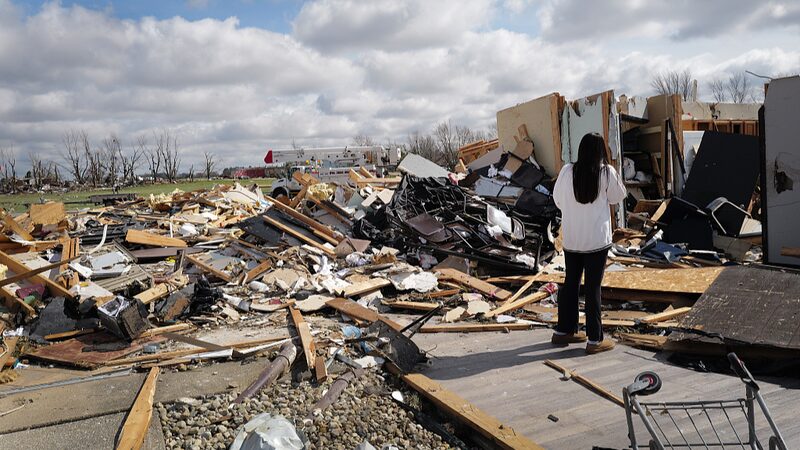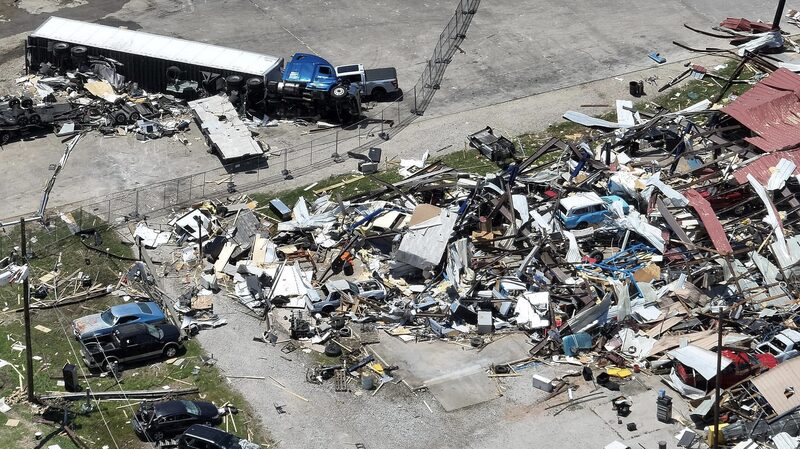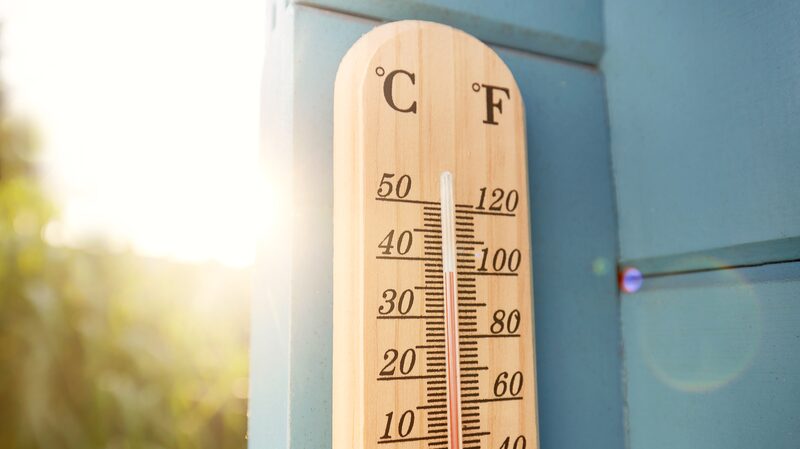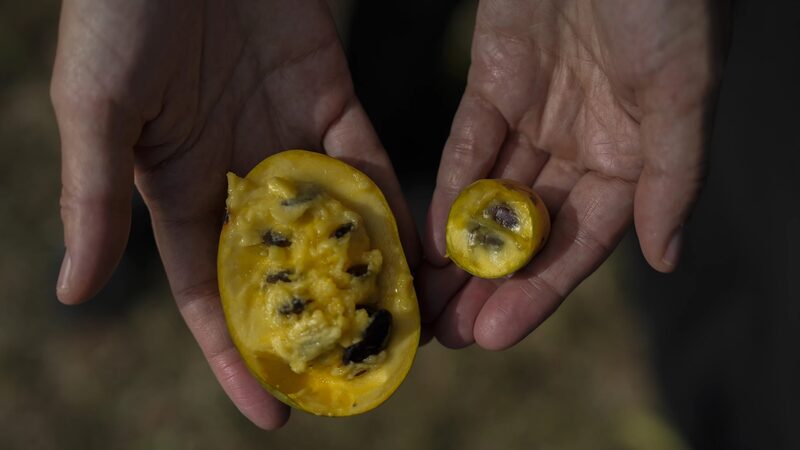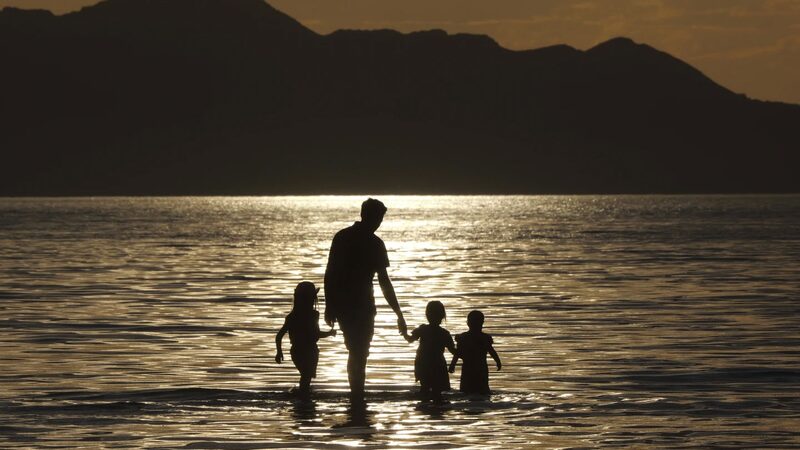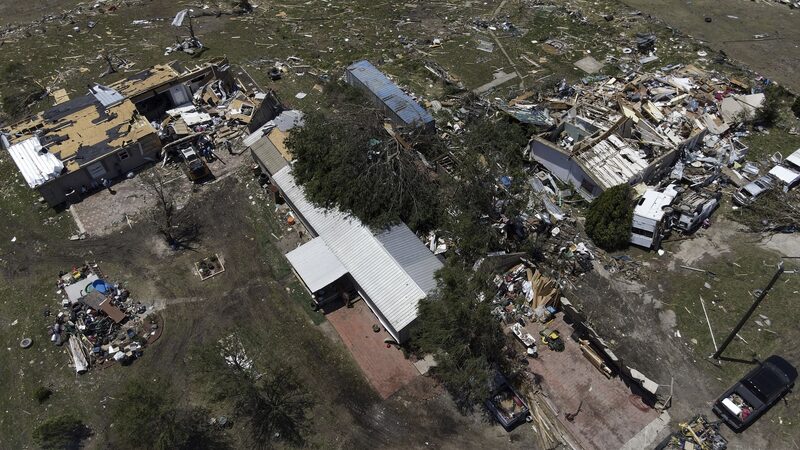Unseasonably warm winter temperatures have provided the key ingredient for a rare and deadly outbreak of tornadoes across the U.S. Midwest, experts say. This week, parts of Ohio, Kentucky, Indiana, and Arkansas were ravaged by powerful twisters and damaging hailstorms, resulting in at least three fatalities and widespread destruction.
The severe weather began on Wednesday with large hail striking Kansas, followed by Thursday’s tornadoes in neighboring states. Meteorologists note that while tornadoes are more commonly associated with the spring months of April and May, the unusually warm winter—one of the hottest on record in both the United States and globally—has created conditions conducive to such extreme events.
“In order to get severe storms this far north this time of year, it’s got to be warm,” explained Victor Gensini, a meteorology professor at Northern Illinois University. The warmth provides the necessary instability in the atmosphere, a crucial component for the formation of severe storms.
Tornado Formation
For tornadoes and storms with large hail to develop, two key ingredients are essential: wind shear and atmospheric instability. Gensini, along with Harold Brooks from the National Severe Storms Laboratory, emphasized that the unprecedented warmth has enhanced these factors, leading to the unusual outbreak.
Wind shear refers to the change in wind speed and direction with height, which helps storms to organize and rotate. Instability, on the other hand, occurs when warm, moist air near the ground rises into cooler air aloft, fueling storm development. This combination, intensified by record-breaking temperatures, has set the stage for the recent severe weather.
The impact of these tornadoes extends beyond the immediate damage, prompting discussions on climate change and its role in altering weather patterns globally. As extreme weather events become more frequent, regions across the world, including Asia, may need to reassess their preparedness for similar occurrences.
The situation in the U.S. Midwest serves as a stark reminder of the interconnectedness of global climate systems. Communities worldwide, especially those in tornado-prone areas, are urged to stay informed about weather developments and invest in robust disaster management strategies.
Reference(s):
What is the key ingredient for Midwest killer tornadoes in the U.S.?
cgtn.com
